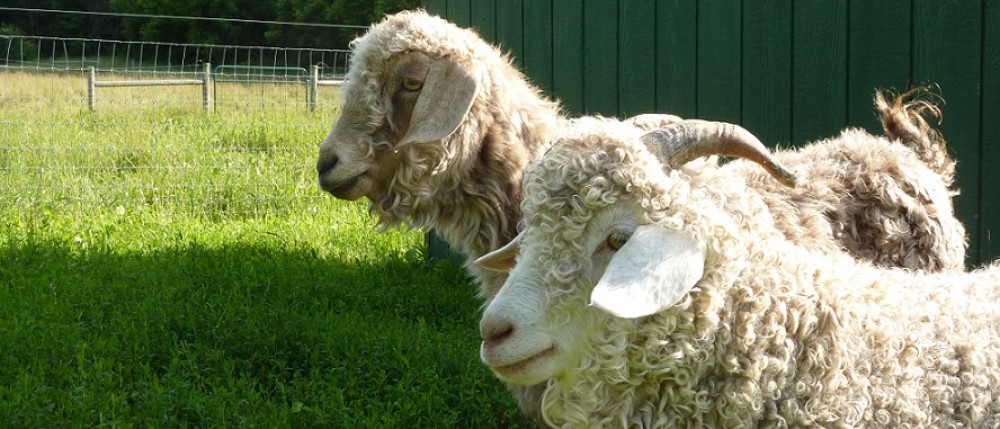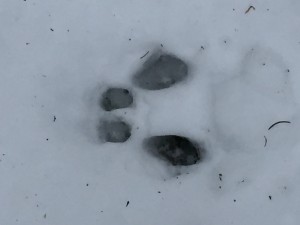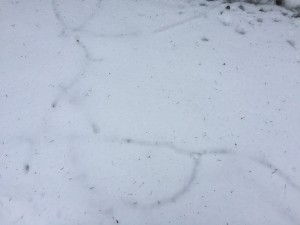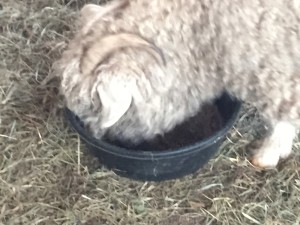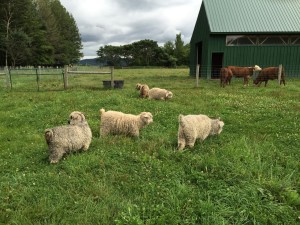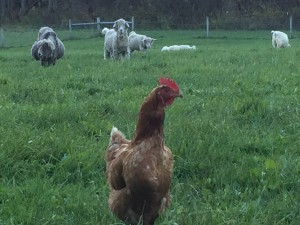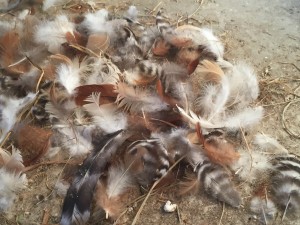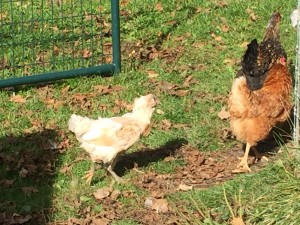It is now mid-February and we are approximately half-way through our first winter on the farm. The first part of the winter was very mild with limited snow and high temperatures through the holidays. Late January and early February have been much colder and snowier than the early part of winter. The actual temperature hit -23 degrees a few days ago and it was closer to -30 with the wind chill!
How are the goats doing? The goats are doing well! While they generally don’t mind the normal winter temperatures (as they have thick mohair coats), they usually stay inside while it is snowing or if there is a strong wind.
As the fields are now covered in snow and the goats are unable to graze, we have been providing them with more grain than we do in the summer.
We spread the grain around into multiple feeding bins so each goat can get some grain without having to fight for it or wait their turn. The goats typically spread out to separate bins at the beginning. After a minute or so, one goat will decide that another feeding bin is a better option and attempt to move. This often sets off a chain reaction where the goats switch bins to find the best grains. Here is a video of the goats in action:
